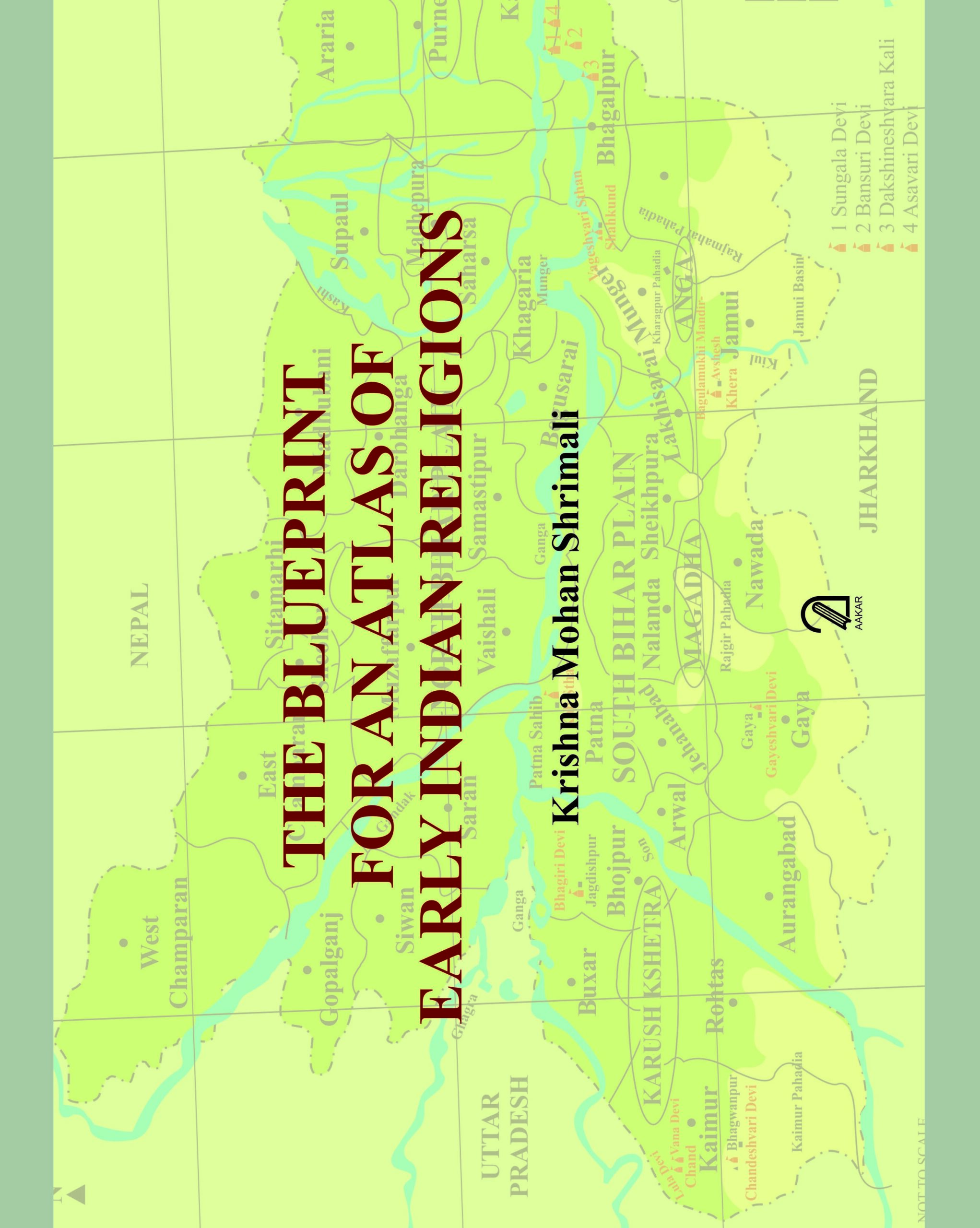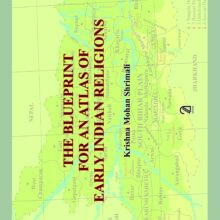THE BLUEPRINT FOR AN ATLAS OF EARLY INDIAN RELIGIONS
₹2,500.00
Additional information
| Author | |
|---|---|
| Format | |
| Language | |
| Pages | |
| Publisher | |
| Year Published | |
| ISBN | 9789350027479 |
Description
This has been a dream venture of the author for the last more than three decades. It is an attempt to show directions for mapping religious historiesof the Indian sub-continent over a period of several millennia – from the prehistoric times to c.1300 CE. It goesbeyondconventional frontiers of an*Atlas by transcending narrow confines of the discipline of ‘geography’ by including such dimensions as “types of religions” and “anthropologyof the sacred”. How do topography and ecology and the so-called ‘highland’ and ‘lowland’ cultures affect cultic practices? Do religions act as”catalyst’ for urban growth? Can any pattern be discerned in the origin and dispersal of Shiva, the Mahadeva and his followers? Why do LordRama and Lord Krishna emerge as avatars of Vishnu but Lord Ganesh and Devi Ganga respectively remain son and daughter of Shiva? How andwhy does Lakulish, allegedly the founder of the Pashupata sect of the Shaivas acquire a club in his hand after the eighth century CE in Karnataka?How do we account for iconographic changes in representations of deities across temporal and spatial axes? Why are Hero-stones more prolific inupland areas and relatively infrequent in the large agricultural tracts of the indus and the Ganga valleys and in the agriculturally rich delta areasof the peninsula? Do the phenomena of Hero-stones and emergence of more than 3000 tirthas between c.600 and c.1300 CE have any links with thesimultaneous proliferation of land grants to religious beneficiaries of varied hues? How does the tracking of inter-religious and intra-religiousspaces help us in understanding strategies adopted by different religions vis-à-vis one another? This monograph seeks to answer such questionsby suggesting ways of cartographic delineation of religious developments in early India. Problems of “locational context’ and mapping ‘portableantiquities* (including ‘scattered’ art remains in museums) have also been looked into. Data comprising of 6,000 entries on deities, religiousepithets and structures, sites, monuments, sculptures and other art remains bearing on early Indian religions based on Epigraphia Indica, CorpusInscription indicarum and Annual Reports of the Archaeological Survey of India (1902-03 to 1936-37) are being presented here. Two maps illustratingthe modus operandi of this experimental exercise are also included in this monograph.
Krishna Mohan Shrimali (b. 1947) retired as a Professor of History, University of Delhi after teaching graduate (at his alma mater, the St Stephen’sCollege) and postgraduate students for more than four decades (1968-2012). His contributions have appeared in numerous journals of history andarchaeology and his published research monographs include: History of Panchal (in two volumes); The Agrarian Structure in Central India and theNorthern Deccan: A Study in Vakataka Inscriptions; Constructing an Identity: Forging Hinduism into Harappan Religions; Dharma Samaj aur Sanskriti (in Hindi); The Iron Age and the Religious Revolution, c.700- c.350 BC; Aarthik Sanrachana aur Dharma – Vivek Yugin Bharat mein Mudra, Nagara aur Grama,c.700 – c.300 BCE; Prachin Bhartiya Dharmon a ltihas; and Itihas, Puratattva aur Vichardhara. Amongst several monographs edited by him are: Essaysin Indian Art, Religion and Society; Archaeology Since Independence; A Comprehensive History of India, Vol. IV (jointly with ProfessorR.S. Sharma); Reason and Archaeology. Apart from being the General President of the Indian History Congress in 2017, he has also been thePresident of History Congresses of the States of Madhya Pradesh, Punjab, Uttar Pradesh, West Bengal and the Historiography Section of theAndra Pradesh History Congress. He also served as the Treasurer and Secretary of the Indian History Congress. Professor Shrimali is committedto disseminate scientific and secular history through the teaching and writing of history – both at the academic level as well as for common people.His forthcoming book is The Religions Enterprise: Studies in Early Indian Religions.





Reviews
There are no reviews yet.